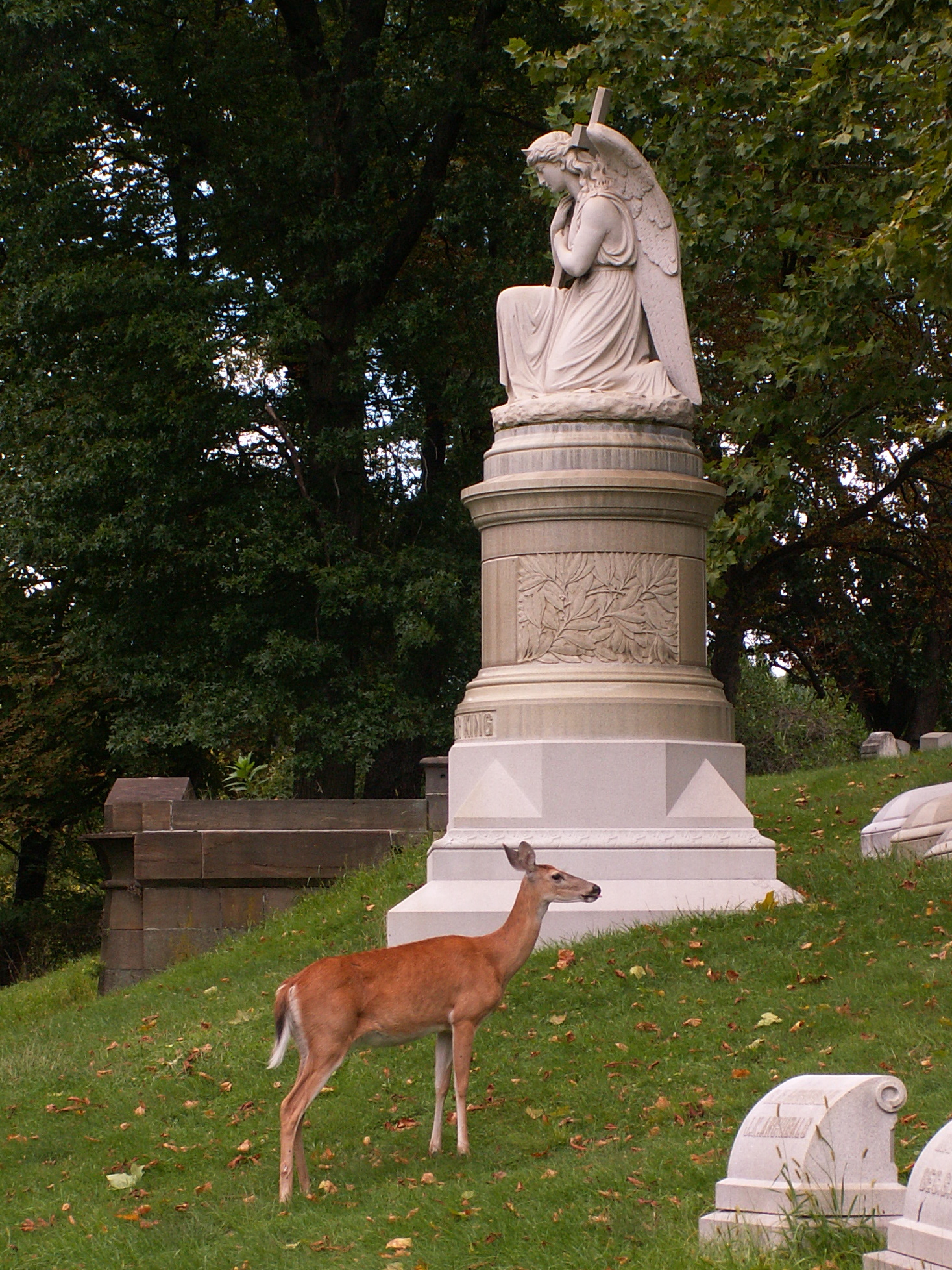 Alexander King was the father of Jenny King Mellon, the grandfather of Sarah Mellon Scaife, and the great-grandfather of Richard Mellon Scaife. Baywood, the spectacular Second-Empire mansion he built in Highland Park, still stands near the end of Negley Avenue. This monument was put up in 1893.
Alexander King was the father of Jenny King Mellon, the grandfather of Sarah Mellon Scaife, and the great-grandfather of Richard Mellon Scaife. Baywood, the spectacular Second-Empire mansion he built in Highland Park, still stands near the end of Negley Avenue. This monument was put up in 1893.
-
Alexander King Monument, Allegheny Cemetery
-
McKinney Mausoleum, Homewood Cemetery
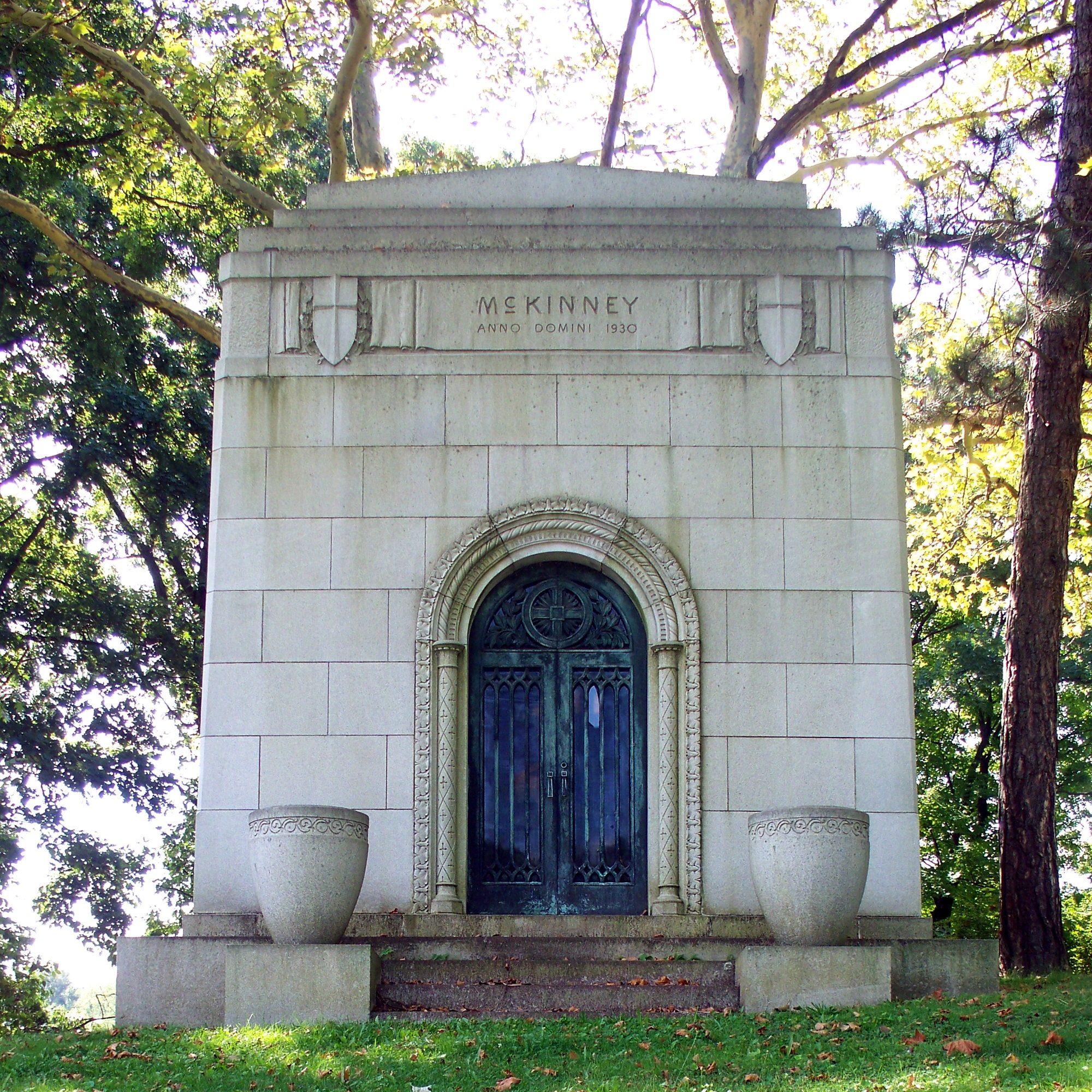
An unusual style Father Pitt might call “Deco Romanesque.” The shape and tasteful restraint of the design are more in line with the Renaissance style, but the arch is trimmed with Romanesque details.
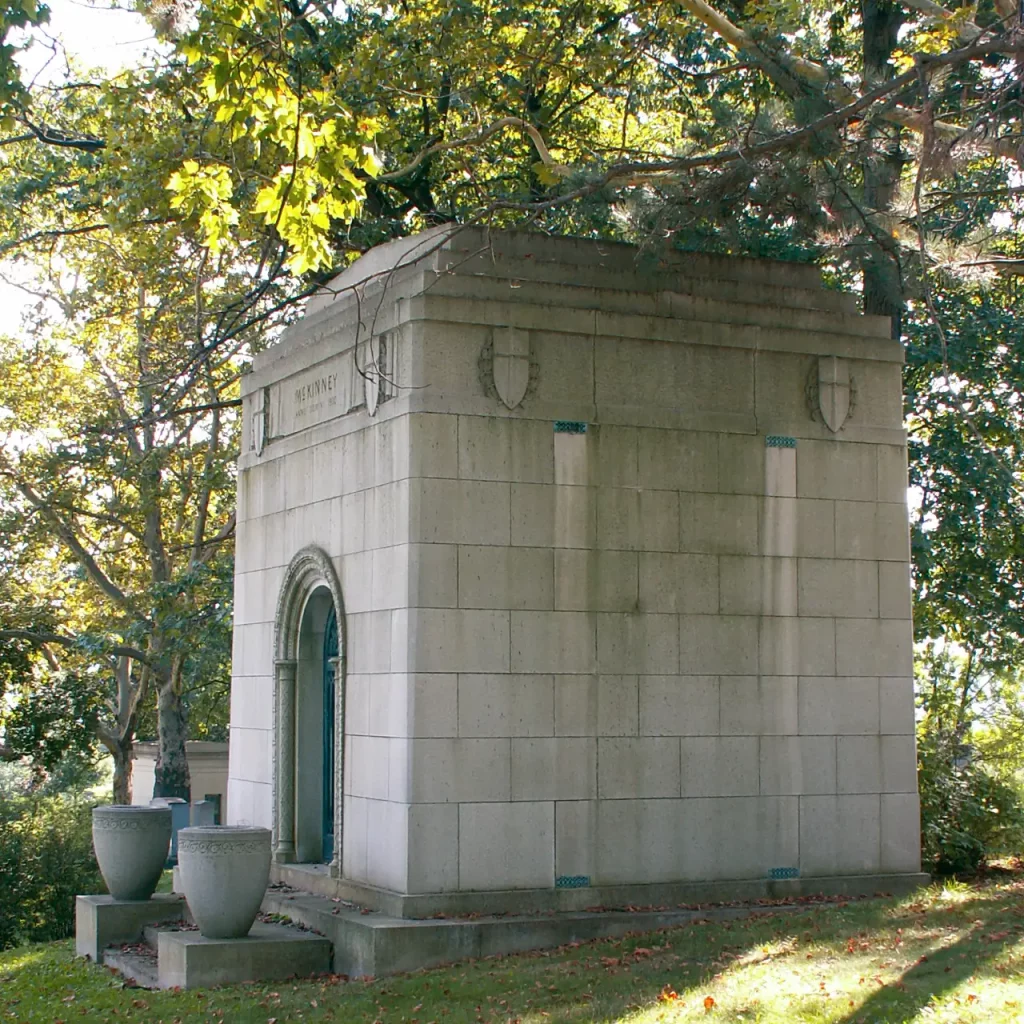
KONICA MINOLTA DIGITAL CAMERA -
Brawdy Monument, Allegheny Cemetery
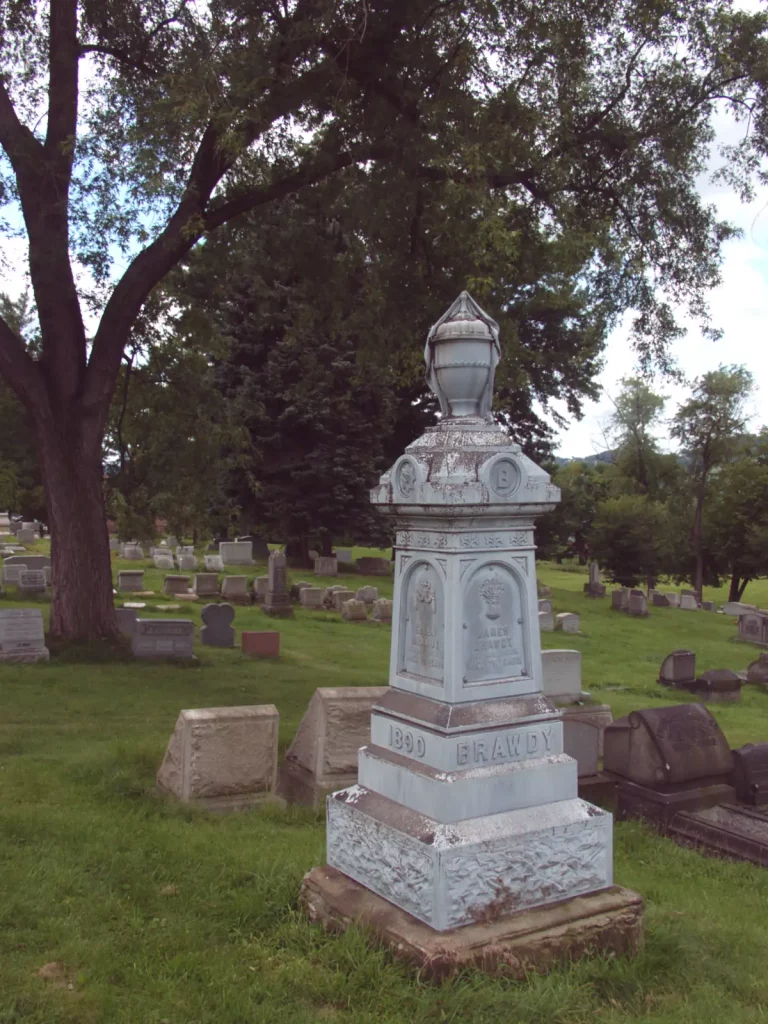
Another zinc or “white bronze” monument, installed (according to the base) in 1890, but kept up to date through 1926 by means of standard-sized panels that could simply be swapped in when another inscription was needed.
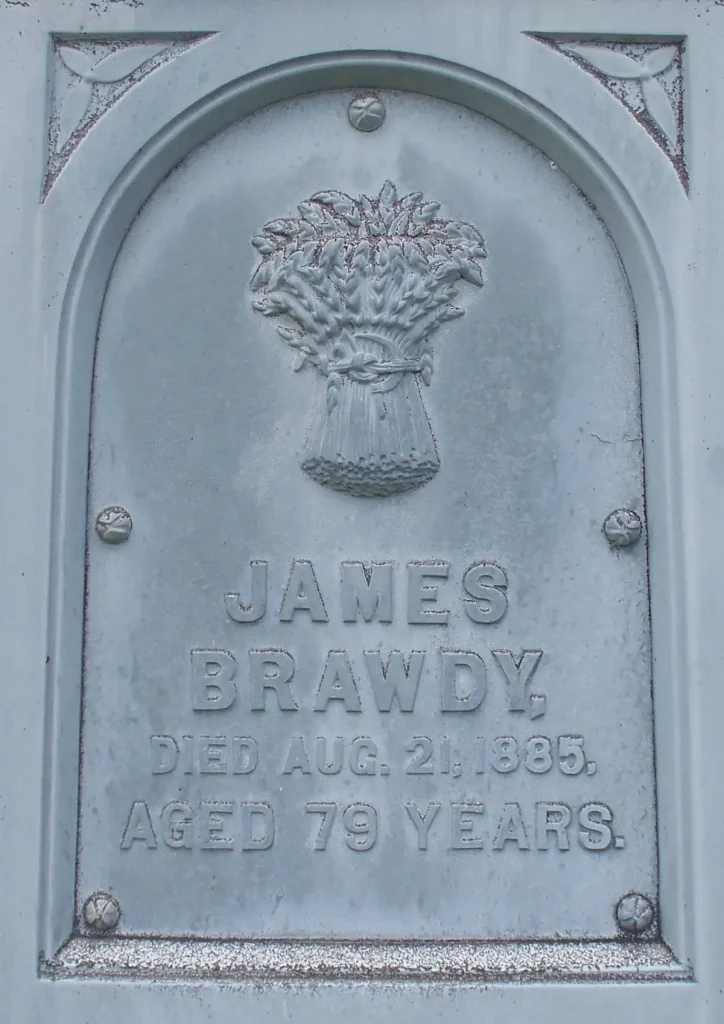
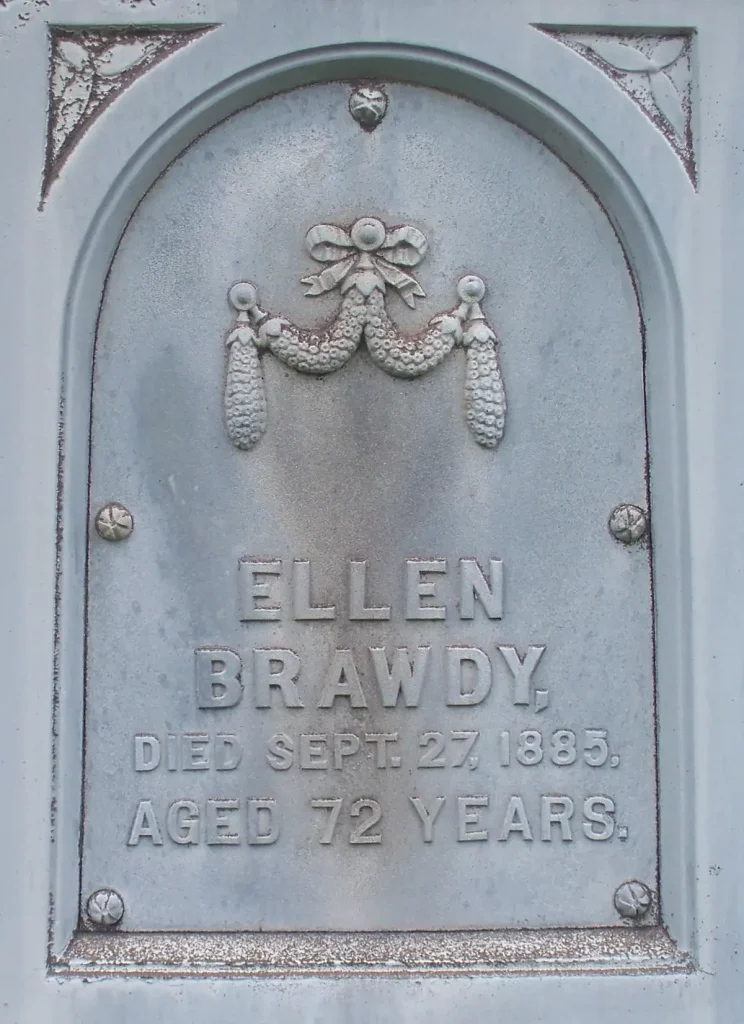
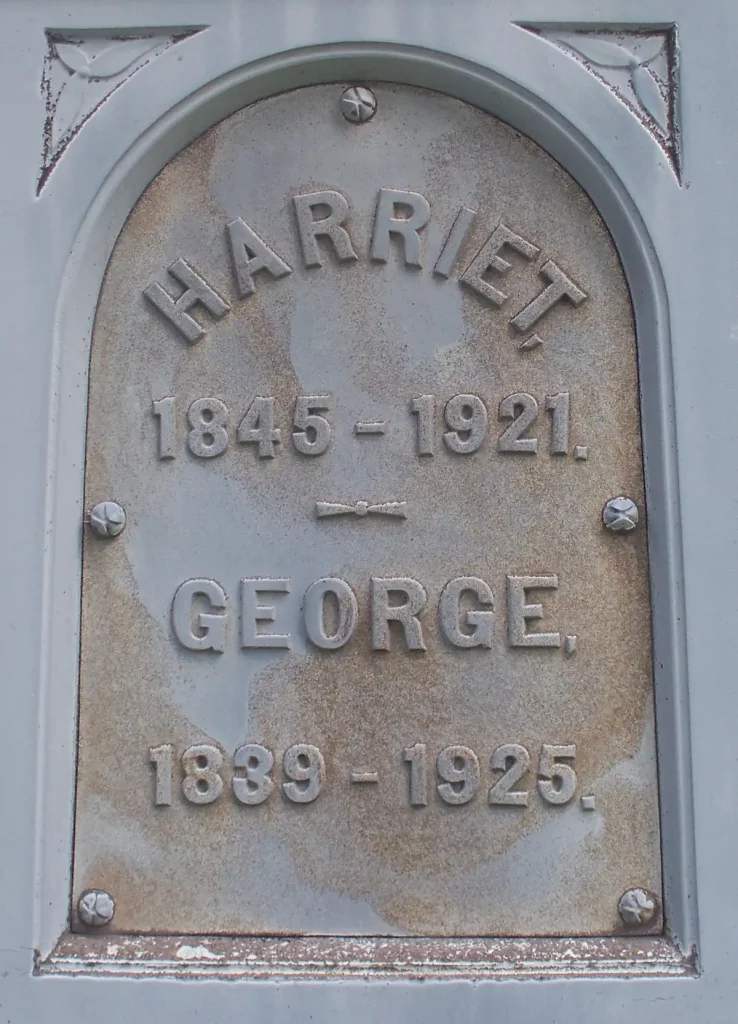
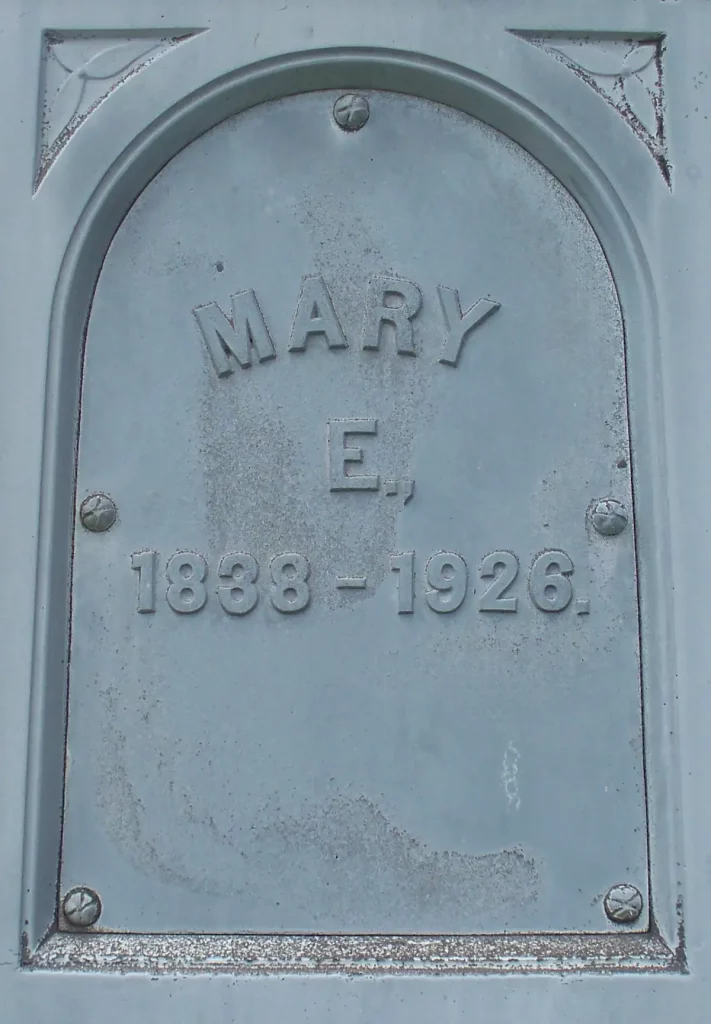
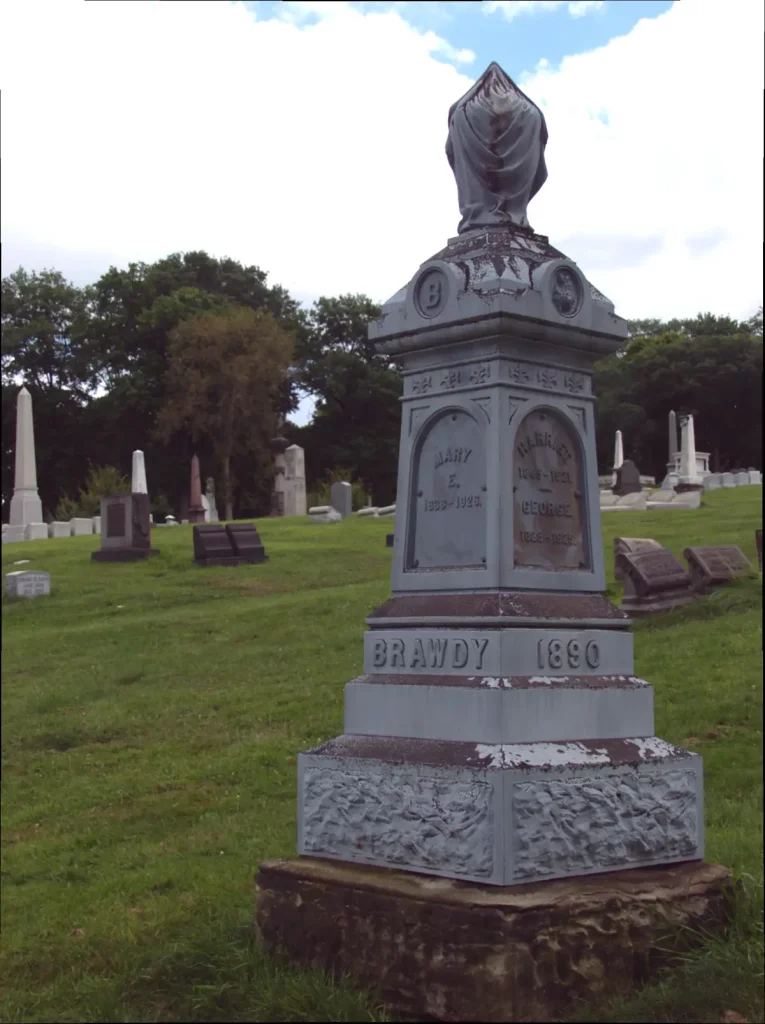
-
Benedum Mausoleum, Homewood Cemetery


Michael Late Benedum, the oil baron, and his wife Sarah built this Renaissance palazzo in 1919 after their only son Claude died of the Spanish flu in 1918. Michael himself didn’t move in until 1959. There are three gorgeous stained-glass windows inside, of which only one can be easily photographed without gaining access to the interior.
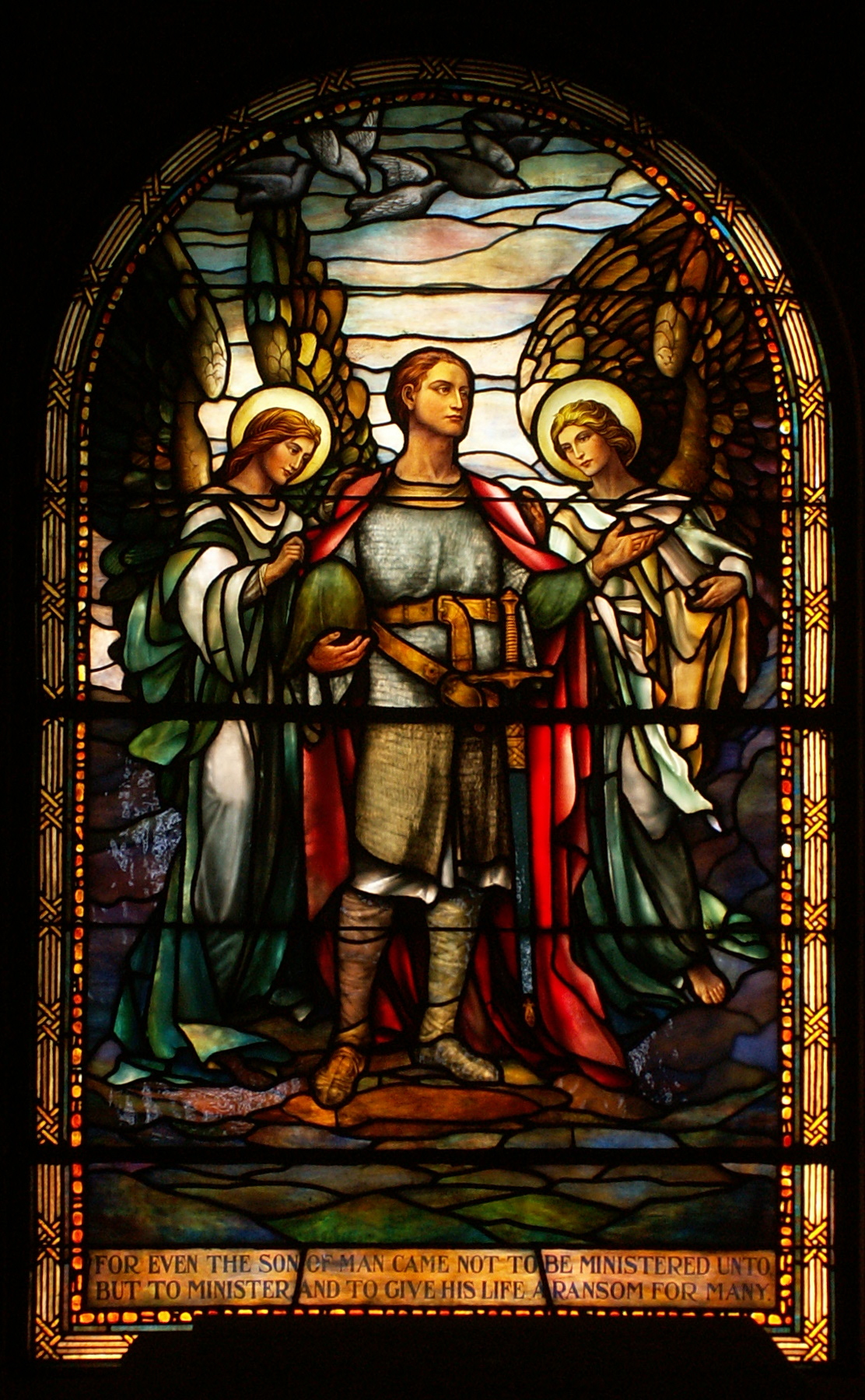

This mausoleum is the only one in the cemetery that is wired for electricity. For all Father Pitt knows, it may have Internet and cable as well. The power is needed to run a heating system that prevents condensation.
The pictures in this article have been donated to the public under the Creative Commons CC0 1.0 Universal Public Domain Dedication, so no permission is needed to use them for any purpose whatsoever.
-
Walter-Wallace Mausoleum, Allegheny Cemetery
 A rare example of mid-nineteenth-century Egyptian Revival architecture (as opposed to the very common early-twentieth-century Egyptian style). This mausoleum is not listed on the cemetery’s site, so it would be work to figure out when it was built; in general, though, half-underground mausoleums like these date from the first two or three decades of the cemetery’s existence. Father Pitt guesses this one might date from the 1850s. The name “Wallace” was clearly added later.
A rare example of mid-nineteenth-century Egyptian Revival architecture (as opposed to the very common early-twentieth-century Egyptian style). This mausoleum is not listed on the cemetery’s site, so it would be work to figure out when it was built; in general, though, half-underground mausoleums like these date from the first two or three decades of the cemetery’s existence. Father Pitt guesses this one might date from the 1850s. The name “Wallace” was clearly added later. These pictures have been donated to the public under the Creative Commons CC0 1.0 Universal Public Domain Dedication, so no permission is needed to use them for any purpose whatsoever.
These pictures have been donated to the public under the Creative Commons CC0 1.0 Universal Public Domain Dedication, so no permission is needed to use them for any purpose whatsoever.


